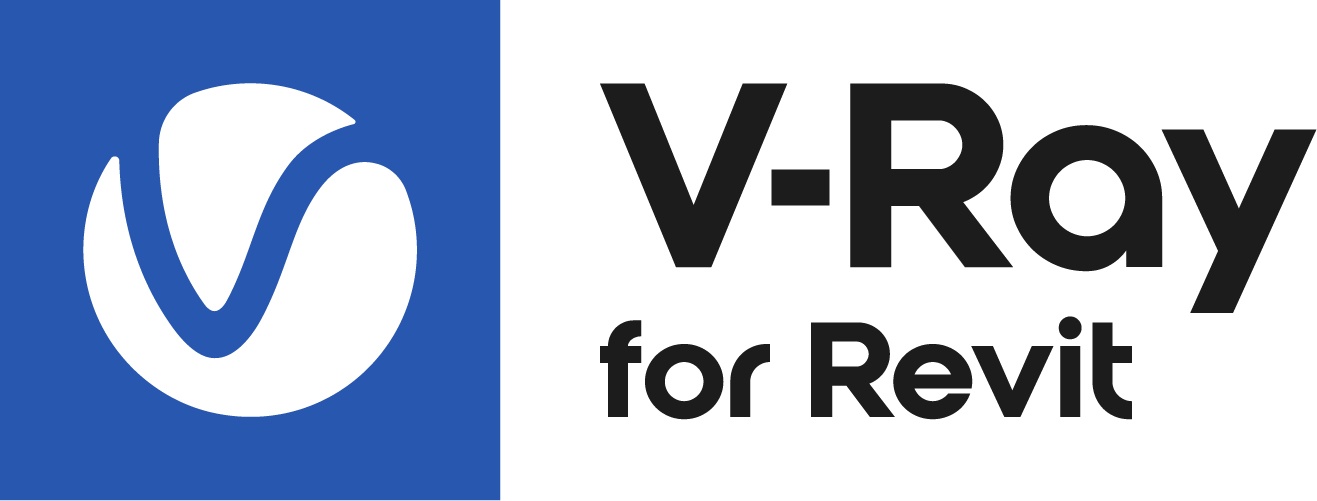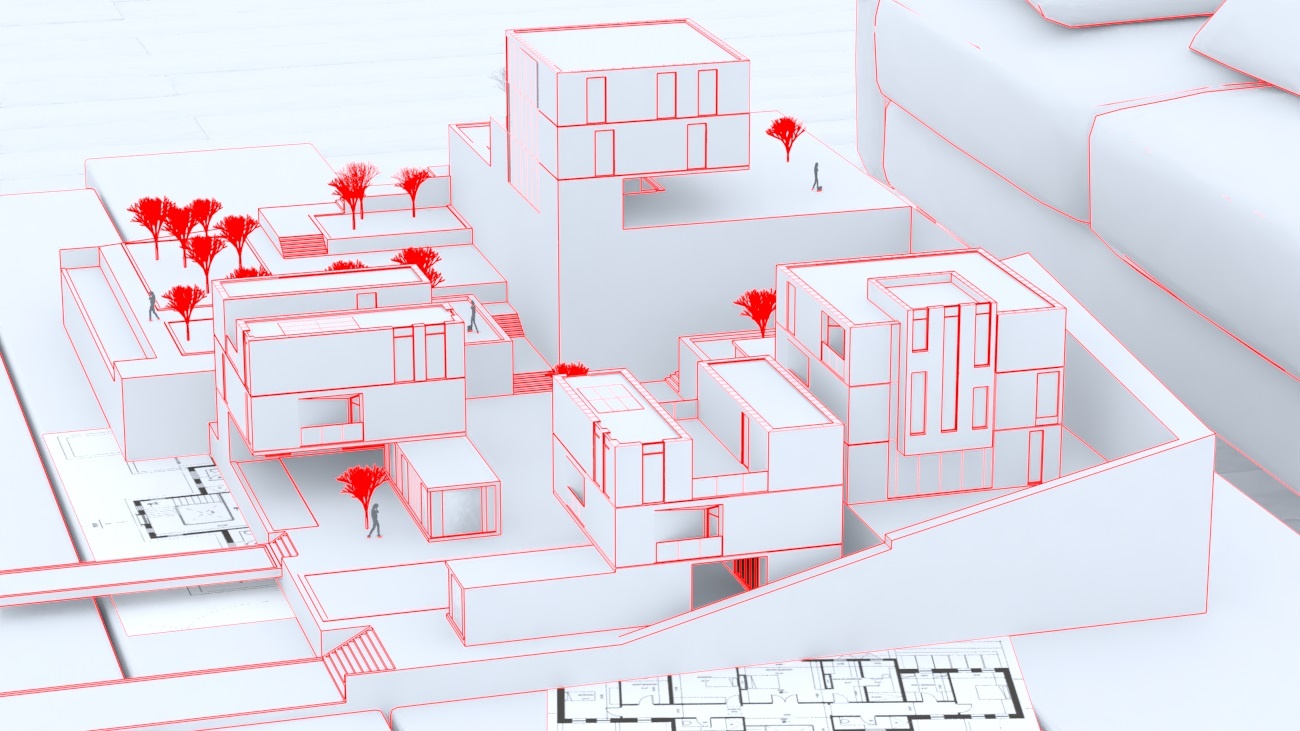This page provides information about the Outline Override material in V-Ray for Revit.
Overview
The Outline Override material is related to the global Outline settings and some of the global options affect all Outline Override materials.
The Outline Override material is available only when the engine is set to CPU. It is currently not supported for GPU.
Outline materials from previous V-Ray versions will be automatically migrated to Outline Override materials.
UI Options
The Outline Override material settings are organized in Basic and Advanced modes. You can switch the mode from the toggle button under the Preview Swatch.
An Add Layer and Add Attribute buttons are provided for some V-Ray materials, including Outline Override. You can select an additional layer that can add up to the appearance of the material. For more information, see the Attributes And Layers section.
The context menu of the Color slot provides options to Copy and Paste, as well as to Reset the color.
A Reset option is provided in the context menu of each Number Slider. You can reset the slider value to the default one.
Parameters
Base – Specifies the material on top of which the Outline effect is applied.
Outline
Line Color – Specifies the color of the outlines. If a texture is selected, it overrides the color as long as the texture checkbox is enabled. See the Lines Color example below.
Opacity – Specifies how transparent or opaque the outlines are. A texture map can be used for this channel.
Normal Threshold – Determines when lines will be created for parts of the same object with varying surface normals (e.g. at the inside edges of a box). A value of 0.0 means that only 90 degrees or larger angles generate internal lines. Higher values mean that smoother transitions between face normals can also generate a line. Setting this value to 1.0 fills curved objects completely.
Overlap Threshold – Determines when outlines will be created for overlapping parts of the one and the same object . Lower values reduce the internal overlapping lines, while higher values produce more overlap lines. Setting this value to 1.0 fills curved objects completely.
Width – Specifies the width of the outlines. See the Line Width example below.
Example: Line Width
This example shows the effect of the Width parameter. The Inner Line Control is disabled.
Inner Line Control
Enables a separate control for the inner edges. See the Inner Line Control example below.
Inner Line Color – Specifies the color of the inner lines. See the Lines Color example below.
Inner Width – Specifies the width of the inner lines.
Some of the global parameters have an effect on all materials with Outline attribute. These parameters are Width Type, Trace Bias, Hide Inner Lines, Visible in Reflections/Refractions, and Compensate EV.
Example: Inner Line Control
This example shows the effect of the Inner Line Control parameter. The main lines are black and the Inner Lines are red. The Width of the main lines is set to 3, while that of the Inner Lines is set to the default 1.5.
Example: Line Color
This examples shows the effect of the Line Color and Inner Line Color parameters.
Override Control
Attributes
The Attributes available for the Outline Override material are as follows.
Layers
The Layers available for the Outline Override material are as follows.























